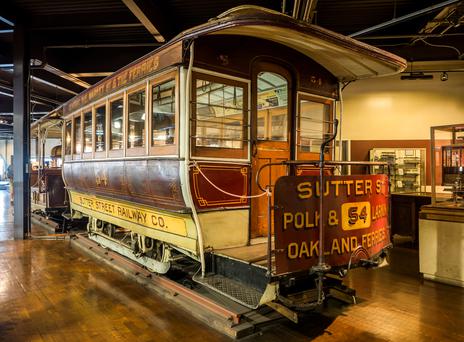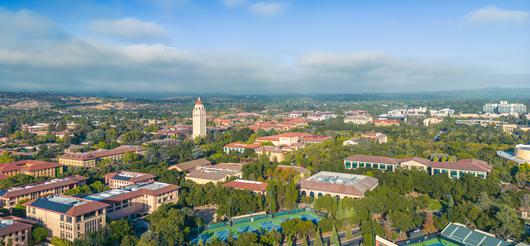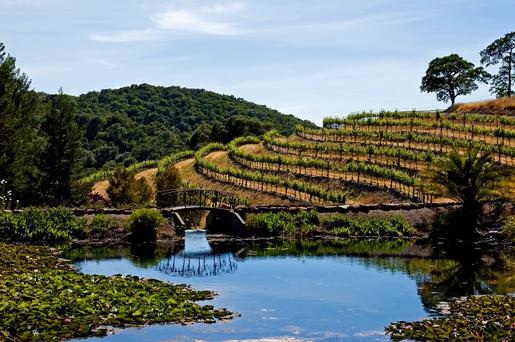Nestled along California's scenic Central Coast, the San Luis Obispo de Tolosa Mission stands as a testament to the state's rich colonial history. With its pristine white façade, flower-adorned courtyards, and historical significance, this mission provides both a journey back in time and a serene getaway for those looking to explore. Let's delve deeper into the past of this iconic mission.
The Historical Tapestry of San Luis Obispo de Tolosa
Founded on September 1, 1772, by Spanish Franciscan Junípero Serra, the San Luis Obispo de Tolosa is the fifth of the 21 California missions. It was named in honor of Saint Louis of Anjou, the Bishop of Toulouse. The mission's primary purpose was to extend Spain's territory and influence by establishing a chain of religious and military outposts. These missions aimed to convert the native populations, primarily the Chumash and Salinan Native Americans, to Christianity.
In its early days, San Luis Obispo de Tolosa faced challenges such as food shortages and tensions with the native populations. Over time, however, it flourished. The mission became a vital hub for agriculture, cattle ranching, and craftwork, producing goods like soap, candles, wine, and olive oil. By the early 1800s, it boasted impressive herds of livestock, vast fields of crops, and a thriving community of both Spanish settlers and converted natives.
However, the mission's success was not without its drawbacks. The native populations, despite some benefits like new agricultural techniques, often suffered from diseases introduced by the Europeans, and their traditional way of life was drastically altered.
Following the Mexican secularization act of 1833, the mission era faced a significant decline. Many of the mission properties were either sold or granted to private individuals, leading to a period of neglect and decay for San Luis Obispo de Tolosa. Over the decades, the once-thriving mission saw its buildings crumble and its community disperse.
It wasn't until the late 19th and early 20th centuries that there was a renewed interest in the mission's preservation. Restoration projects were initiated, and over time, the mission was brought back to its former glory. Today, it stands not only as a house of worship but as a testament to the intertwined histories of the native populations and Spanish colonizers.






